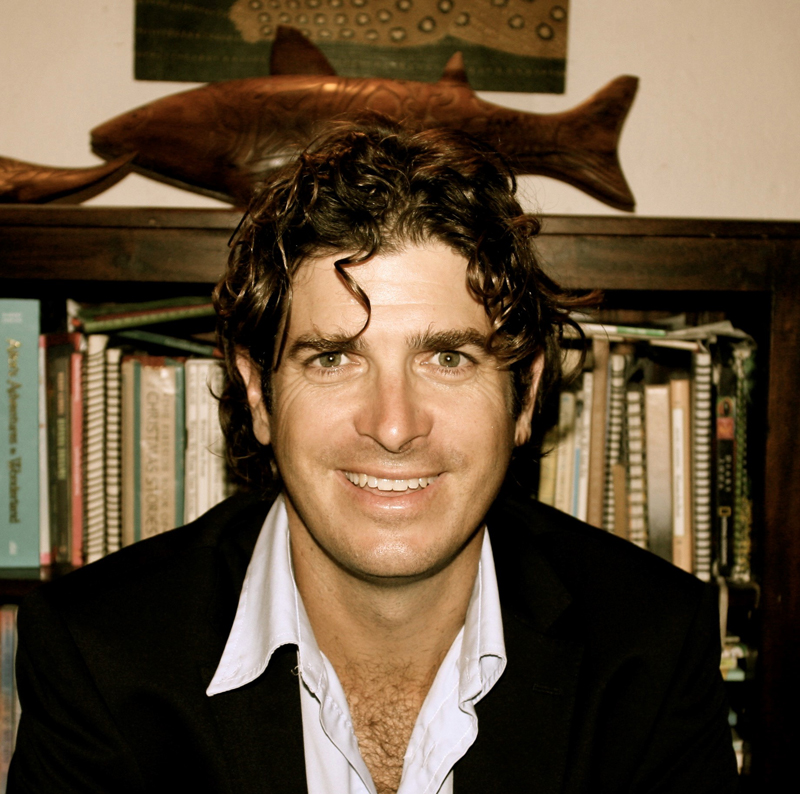Rouja Featured In CNN Travel Article & Video
[Updated with video] Bermuda’s Custodian of Historic Wrecks, Dr. Philippe Rouja, has been featured this month in a CNN travel article and companion video titled ‘Charted Waters.’
In it, writer Alexander Rosen and his co-producer Joseph Coleman follow Dr. Rouja offshore and underwater to explore shipwreck sites in Bermuda’s waters.
The article praises Bermuda for being at the forefront of an “innovative new trend in environmental conservation” by including shipwrecks in marine protected areas.
During his time with Dr. Rouja, the author explores the Caraquet, a British mail ship that sank in 1923.
The author writes, “The Caraquet, like many of her sister-wrecks, represents not just the islands’ cultural heritage but also environmental heritage since wrecks act like a reef by providing protection to spawning fish populations.
“Combining scientific research with local knowledge is the cornerstone of his [Dr. Rouja] strategy for conserving Bermuda’s shipwrecks. By protecting the shipwrecks and restricting fishing nearby, the government has simultaneously created ideal conditions for depleted fish populations to recover.”
One such species mentioned in the article is the Stoplight Parrotfish who have made the Caraquet shipwreck one of their spawning grounds.
Dr. Rouja is quoted in the article as saying, “The cool part is that the protection we afforded to the shipwreck included this aggregation, which essentially created the circumstances or helped support the circumstances for that aggregation to flourish. Parrotfish are very important for grazing on the reef and the rocks and they graze down the algae. And algae, if it’s not controlled, overtakes our reef.
“The loss of those algae-controlling fish has been very significant. So suddenly I’m on a shipwreck where I can catalog the history, we can look at growth over time of reef on that shipwreck because that shipwreck sets a date and time that allows us to look at coral reef growth, and at the same time, it has accidentally protected the spawning aggregation of Parrotfish. The more I can integrate shipwreck conservation with environmental conservation, the stronger the case will be for both.
The article also links to the Bermuda 100 website which is featured in the article.
The article states, “Diving with a camera, Rouja documents the current state of Bermuda’s wrecks, using photography to create 3-D maps and models in a partnership with the University of California San Diego for a project called the Bermuda 100 Challenge. The models provide a snapshot-in- time an comparing them tells a story about the evolution of both Bermuda’s wrecks and the environment. The Bermuda 100 Challenge also allows anyone on the internet to take a virtual dive and experience Bermuda’s cultural and environmental heritage.”
At the end of the article, the author concludes, “For a place that cares so deeply for its culture and traditions, Bermuda’s willingness to adopt new and creative solutions to maintain its identity in an ever-changing world sets it apart. There is a sense of hope on the islands, a place where even castaways forced to pillage from a sunken ship can endure.”
Read More About
Category: All, Environment, News, Videos




The buoyed protected areas were created by the Bermuda Divers Association without government help back in 1990 and 2000. External non-government funding is used to cover the cost of the mooring buoys that are replaced annually. Government has not created new protected areas since then, on wrecks or elsewhere, but instead they shrank size of the seasonal protected areas on the Red Hind spawning aggregations in the past few years despite a lack of evidence that the change would benefit Hind populations.